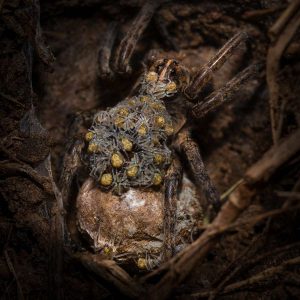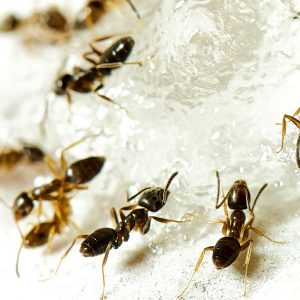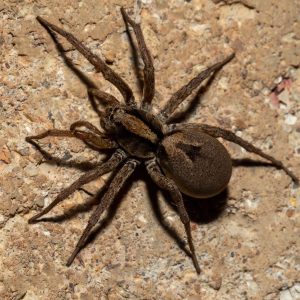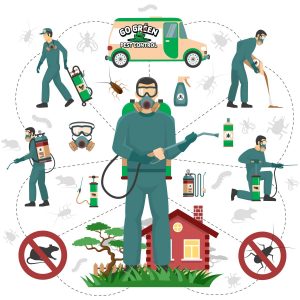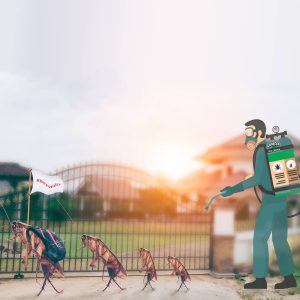When scientists invented DDT in the 1940s, it was a game changer in the battle against malaria. Our newfound chemical weaponry was so effective that we started spraying entire neighborhoods with it, filling yards and playgrounds with wispy, white fog that dropped bad bugs in their tracks. By the 1970s, many insects had evolved DDT resistance, so we began to explore alternatives. Over time, we came to understand that long-term pest control only works when we gently and scientifically manipulate the ecosystem elements that help pests to thrive—rather than spraying huge amounts of chemicals into the atmosphere. By 1972, a comprehensive system of chemistry, entomology, and environmental science attracted the interest of the Environmental Protection Agency (EPA), and it evolved into what is now called Integrated Pest Management, or IPM.
Many IPM methods have been popularly dubbed “green pest control” because they get extremely effective results with minimal risk to humans and other non-targeted species. What this means to you, as a business owner or homeowner, is that an IPM plan can keep pest problems out of your life with virtually no risk to your family, pets, employees, and surrounding wildlife.
The smartest move the EPA made during the creation of IPM guidelines was to consult with pest control professionals and gain a field perspective on pest behaviors. With the added guidance of these trained professionals, IPM methods are based on field observation as well as laboratory research, which has further enhanced their effectiveness.
What’s an IPM Plan, and Why Do I Need One?
IPM isn’t some trendy, eco-friendly fad; it’s the result of decades of scientific research and process refinement. It’s so effective that it has become the gold standard for pest management across all industries and settings, from large-scale agriculture to government facilities to private residences.
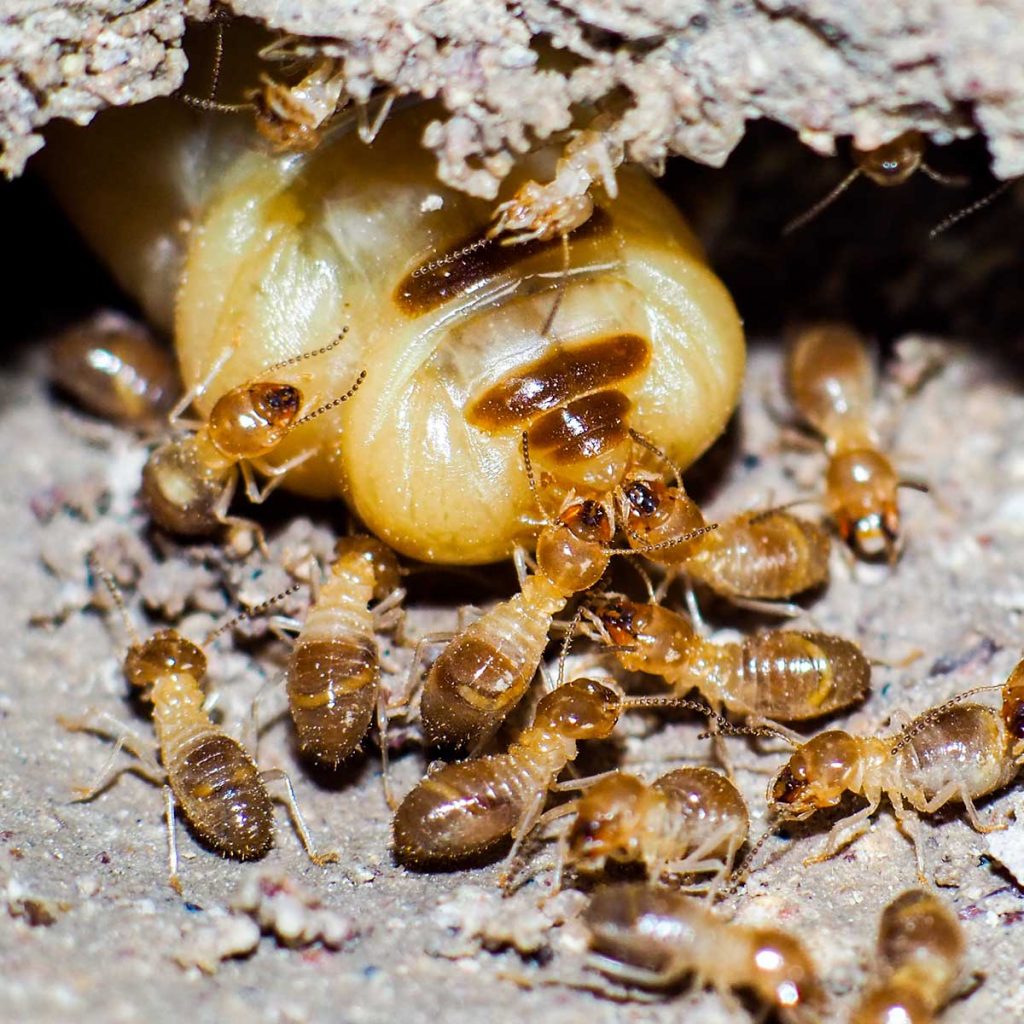
How Green Pest Control Keeps Pests Away?
There’s so much about green pest management that’s just common sense; an IPM plan just systematizes it. Here are the components of a typical IPM plan:
- Inspection
- Monitoring
- Pest Proofing / Sanitation / Exclusion
- Communication
- Documentation
- Strategic Use of Low-Risk Chemical Remedies
Why an IPM Inspection is So Important
An IPM plan begins with an inspection of your property’s structures and surrounding ecosystems. We want to know what interior and exterior elements are potentially helping pests to enter human spaces and thrive there. Exterior grounds inspections are important because problems can generally be solved with greater ease before they reach areas of human habitation. A green pest control professional will evaluate your structures in the context of surrounding ecosystems, then establish perimeters at strategic points that have maximum impact on the target pest and minimum impact on everyone and everything else.
This can be something as obvious as an unsecured dumpster, or as seemingly unconnected as a pile of dead brush at the back of your property. Both can provide ample food to ant populations and attract infestation, but removal of the wood pile deals with the problem even further away from human habitation. Neither of these problems necessarily requires chemical remedies, which, as we learned from our DDT lesson, can make insect species stronger over time.
Why It’s Important to Monitor Insect Populations
IPM strategies are built on prevention rather than reaction, so the initial inspection of your property will be the first of many. Pests constantly adjust their tactics to make the most of environmental resources; populations migrate, following warmth, water, and food sources. Green pest pros want to be constantly aware of what pests are in your area, how many there are, what they’re doing there, and what level of infestation risk they represent.
In addition to checking for pest feces and other evidence of habitation, we may deploy monitoring devices like sticky traps into interior and exterior environments. We want to know when pests position themselves for infestation, ideally before the attack occurs.
Regular, 90 day inspections are cornerstones of Integrated Pest Management, and they actually keep customer costs down by removing the need for expensive remedial treatments.
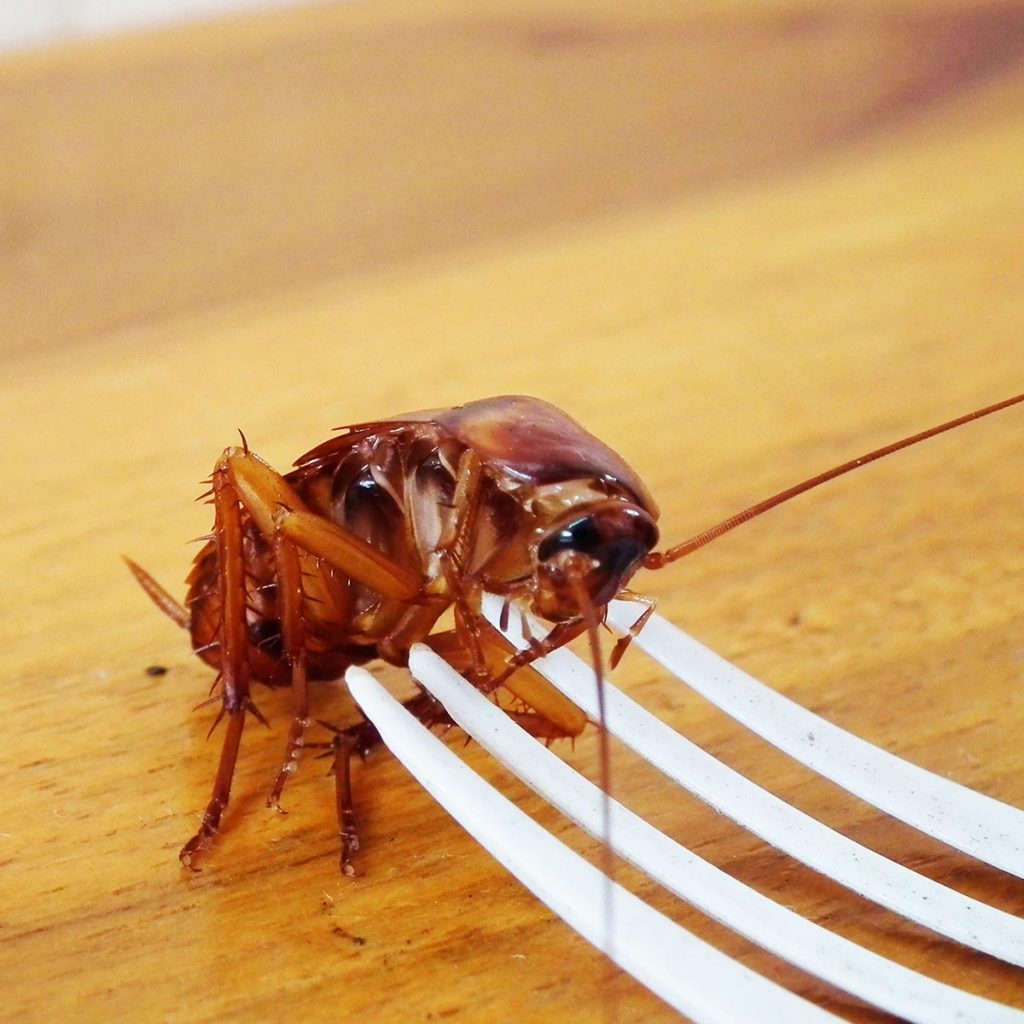
Pest Proofing / Sanitation / Exclusion
These regular inspections inform the next stage of the plan: making sure your property is not providing pests with easy food, water, or shelter. No amount of pesticide will keep pests away if food spills are not cleaned up, or if entry points are not sealed up. A green pest professional may deal directly with some issues while making recommendations to the customer on how to deal with others.
Customer Communication is a Big Part of IPM
As a property owner, you’ll appreciate the clear communication practiced by IPM certified professionals. A significant part of their job is to arm you with information so that you won’t be taken off guard—or inadvertently contribute to your own pest problems.
What Documentation Should a Pest Control Company Provide?
Record keeping is the heartbeat of green pest control because it documents pests’ behavioral trends, their responses to mitigation measures, and the general success of an IPM plan over time. You can expect a green pest control company to provide you with comprehensive records of everything they observe and everything they do.
Strategic Use of Low-Risk Chemical Remedies
We’ve moved beyond the DDT days of indiscriminately pumping bug spray into human habitats, but chemical methods are still part of the green pest control arsenal. The difference between then and now is that green pesticide solutions are laser targeted to specific species, life-cycles, and traffic patterns.
Some of this selectivity is a product of the chemical makeup of the pesticides, but it also has to do with the manner in which they are deployed. Human safety is always the prime directive of IPM, and every mitigation measure is performed with minimum risk of human exposure. For example, green pesticides are often injected deep into remote structural recesses that harbor vulnerable pest populations, with virtually zero chance of human exposure. Most of these chemicals become effectively harmless after about three months, which is why every IPM plan includes quarterly inspections—and the renewed application of any needed chemical measures.
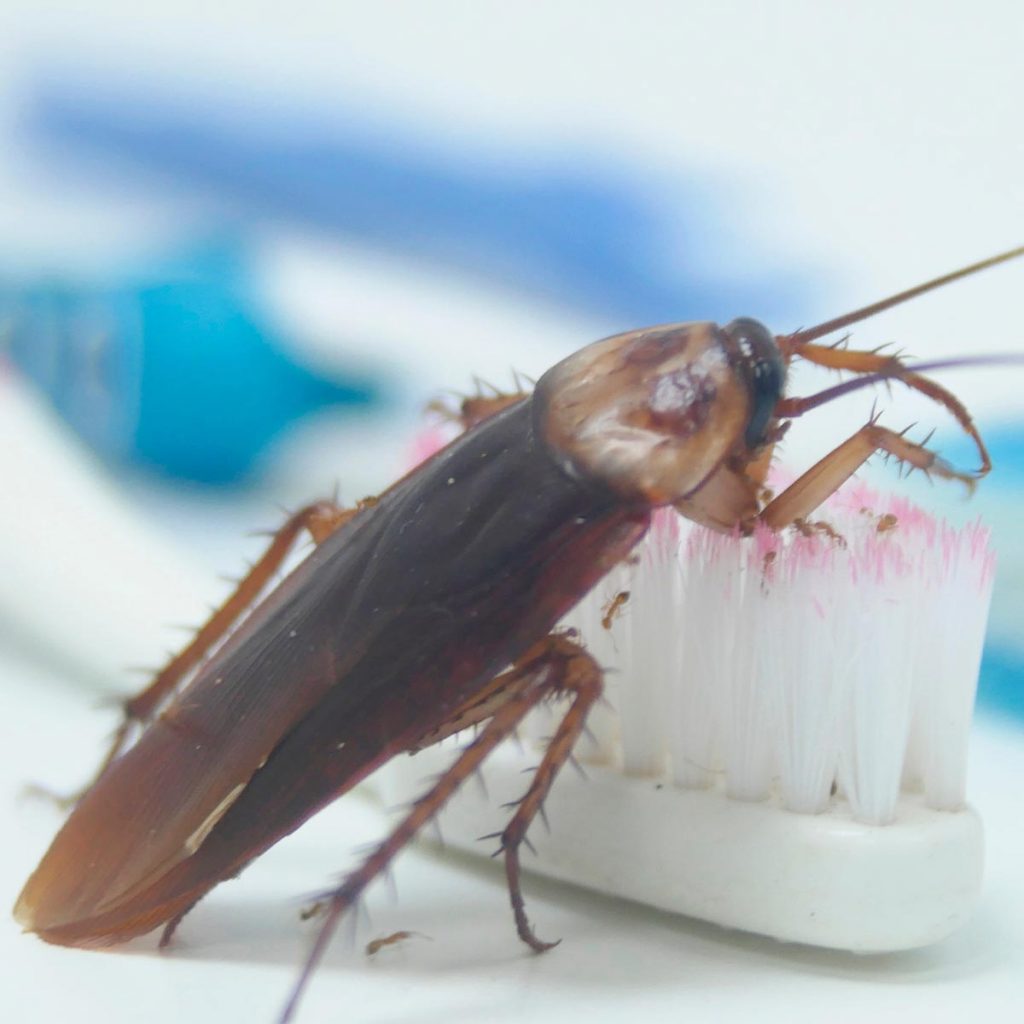
Integrated Pest Management FAQ
Is IPM safer than other pest control methods?
Integrated Pest Management is considerably safer than any previous pest control strategies, as well as the DIY measures currently used by many property owners.
How does IPM reduce pesticide hazards?
By strategically reducing overall pesticide use, restricting its application to areas away from human habitation, and using the least hazardous chemicals for the situation.
Is IPM the same as organic pest control?
Integrated Pest Management is not, by definition, organic pest control because it includes the use of synthetic pesticides when necessary. (Organic pest control is actually a misnomer in the context of property management and applies only to the USDA’s guidelines for food crop production.)
What does IPM certification mean?
IPM certification guarantees pest control delivered according to the highest standards of effectiveness and hazard reduction. This certification is a standard requirement for many private and governmental organizations.
Are all pesticides dangerous?
More low-risk pesticides are currently available than ever before, but there are a few “old-school” chemicals on the market that can be very dangerous to humans if misused. The best policy is to treat every pesticide as a hazard. Always use any chemical according to the manufacturer’s instructions, and when in doubt, call a professional.
Integrated Pest Management Keeps People Safe
IPM is a comprehensive strategy for keeping your property pest free in the safest possible way. It costs about $75 a month for the average, 2,000 square foot home, and it virtually guarantees you’ll stay clear of expensive pest problems.
Thanks for reading Go Green Pest Control’s, What is IPM (Integrated Pest Management)? blog. If you live in Wichita, Manhattan, or Junction City, Go Green can help. Give us a call at (316) 733-0687 in Wichita or (785) 377-0687 in Manhattan and Junction City. Let’s put this bed bug problem behind you.

